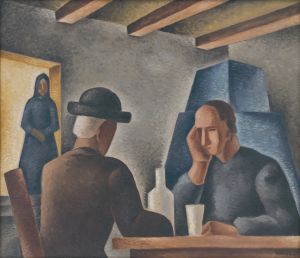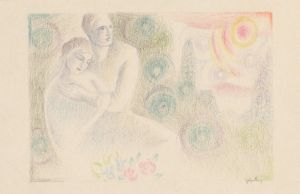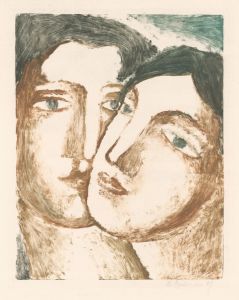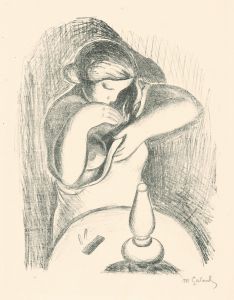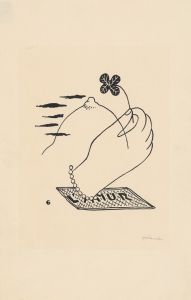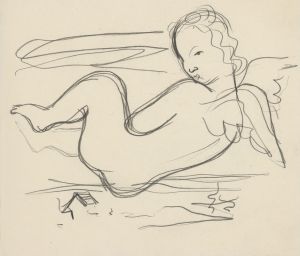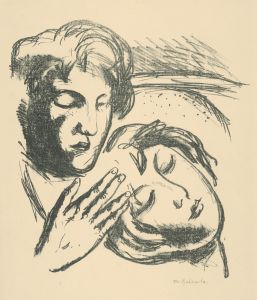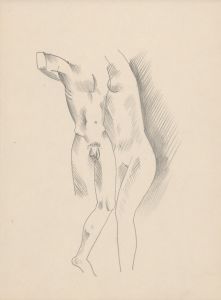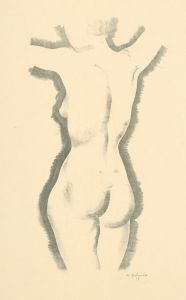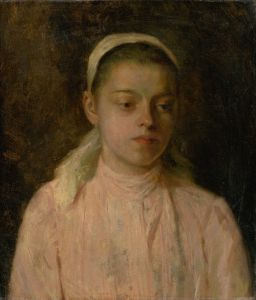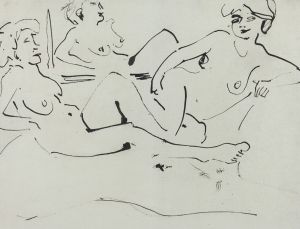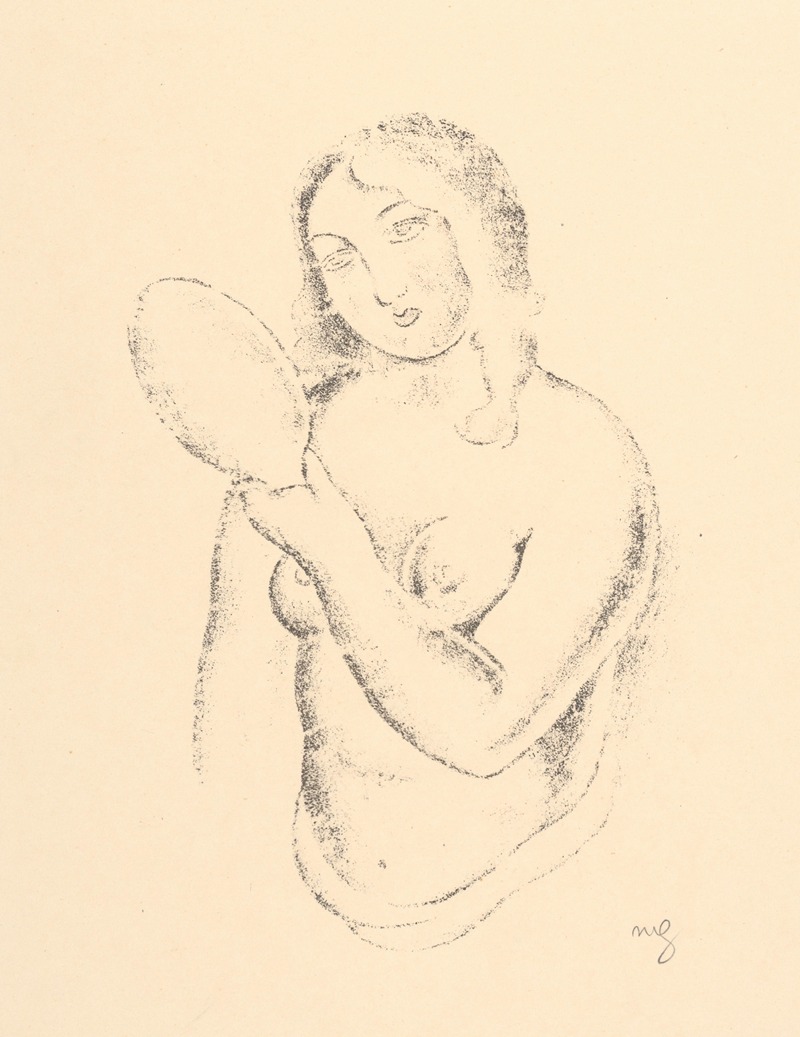
Žena so zrkadlom
A hand-painted replica of Mikuláš Galanda’s masterpiece Žena so zrkadlom, meticulously crafted by professional artists to capture the true essence of the original. Each piece is created with museum-quality canvas and rare mineral pigments, carefully painted by experienced artists with delicate brushstrokes and rich, layered colors to perfectly recreate the texture of the original artwork. Unlike machine-printed reproductions, this hand-painted version brings the painting to life, infused with the artist’s emotions and skill in every stroke. Whether for personal collection or home decoration, it instantly elevates the artistic atmosphere of any space.
Mikuláš Galanda was a prominent Slovak painter and illustrator, known for his significant contributions to modern Slovak art in the early 20th century. One of his notable works is "Žena so zrkadlom," which translates to "Woman with a Mirror." This painting is an exemplary piece that showcases Galanda's unique style and artistic vision.
Born in 1895 in Turčianske Teplice, Slovakia, Galanda was a key figure in the development of Slovak modernism. He studied at the Academy of Fine Arts in Budapest and later in Prague, where he was influenced by various European avant-garde movements. His work often reflects elements of expressionism, cubism, and folk art, which he skillfully blended to create a distinct visual language.
"Žena so zrkadlom" is a testament to Galanda's ability to capture the human form with both simplicity and depth. The painting features a woman gazing into a mirror, a motif that has been explored by many artists throughout history. However, Galanda's interpretation is unique in its execution and emotional resonance. The use of bold lines and a muted color palette is characteristic of his style, emphasizing the form and structure of the subject rather than intricate details.
The composition of "Žena so zrkadlom" is carefully balanced, with the mirror serving as a focal point that draws the viewer's attention. The woman's pose is both contemplative and serene, suggesting a moment of introspection. This theme of self-reflection is a common thread in Galanda's work, often inviting viewers to ponder the deeper meanings behind the seemingly simple scenes.
Galanda was part of the "Generation of 1909," a group of Slovak artists who sought to break away from traditional academic art and embrace modernist principles. His work, including "Žena so zrkadlom," played a crucial role in this cultural shift, helping to establish a new artistic identity for Slovakia. Galanda's paintings often incorporate elements of Slovak folklore and traditions, which he reinterpreted through a modernist lens.
Throughout his career, Galanda faced numerous challenges, including political and social upheavals in Europe. Despite these difficulties, he remained committed to his artistic vision, producing works that continue to be celebrated for their innovation and emotional depth. His legacy is preserved in various Slovak art institutions, where his paintings are displayed and studied by art enthusiasts and scholars alike.
"Žena so zrkadlom" is not only a reflection of Galanda's artistic prowess but also a piece that captures the essence of a transformative period in Slovak art history. It stands as a symbol of the artist's dedication to exploring new artistic expressions while remaining deeply connected to his cultural roots. Through this painting, Galanda invites viewers to engage with the timeless themes of identity and self-perception, making it a significant work in the canon of Slovak modern art.






